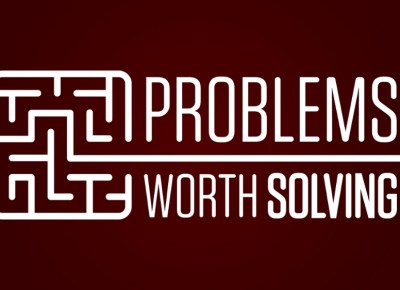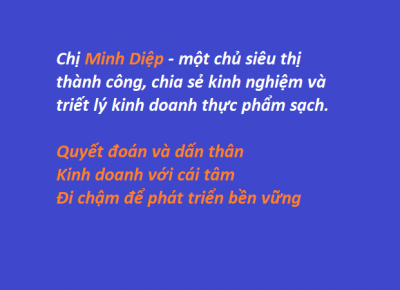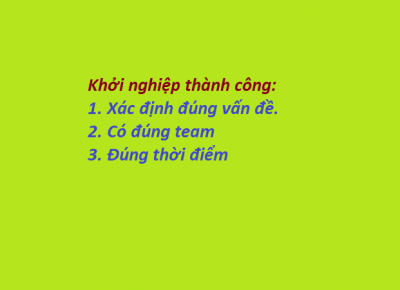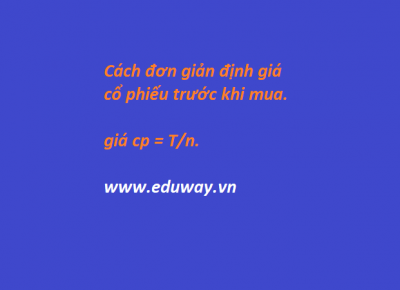To help kids learn reading: teach them systematic phonics
Which is best? Analytic or synthetic phonics?
.jpg)
Teacher question:
I’ve taught literacy and literacy courses in every grade from K-graduate school. I take the view that synthetic phonics taught directly and systematically is essential to any literacy program. However, we also propose that teachers be given the training to use analytic phonics when, after reasonable attempts of using direct instruction, the synthetic phonics approach fails a particular child. I recognize that currently virtually no one is doing it that way. At the moment, my criticism of systematic synthetic phonics is not that is shouldn’t be done, it should. Rather it is that the way it is being done in many places is taking up far too much instructional time. Is there a middle ground that would help teachers help students? I await your answer.
Shanahan's response:
Forty-eight years ago, I was taking my first-course in reading instruction. I had spent the previous fall tutoring reading in an inner-city classroom in Pontiac, Michigan. I wasn’t planning on becoming a teacher, but the teaching experience had intrigued me and I wanted to know more.
One of the things that I was taught in that first class was that there were two kinds of phonics instruction: synthetic and analytic. These were supposedly very different in learning outcomes and the only reasonable approach, we were told, was analytic phonics. I knew nothing to refute any of those definitions or claims, so dutifully recorded it all in my notes.
Basically, synthetic phonics taught children the letter-sound correspondences and then had kids synthesizing words by blending the sounds for each of the letters or letter combinations. So, I know that b makes /b/, and a makes /?/ and t makes /t/… so it is buh-?-tuh … buh-?-tuh… /bat/.
Analytic phonics, on the other hand, focused on combining larger sound units (such as word families or phonograms: ab, ack, ad, ag, am, an, ap, at, etc.) or using known words as analogies for figuring out words … I already know the words big and rat and here is a new word ba t… so it starts out like /b/ig and ends up like r/at/ … so it must be/bat/.
The reason for the claim that analytic phonics was better was it supposedly was showing students a process more like the one that they would actually use to read, and it wasn’t messed up by all those extra vowel sounds that synthetic phonics was plagued by (it is impossible to pronounce most consonants without adding a vowel, hence the added “uh”s above for the /b/ and /t/ sounds).
Then I became a first-grade teacher.
I taught my analytic phonics lessons, following all the steps I had been taught and my kids — well some of my kids — did fine. And, others … they struggled to make sense of it. They weren’t resistant. They were trying to learn what I was teaching, but it was just too complicated or too abstract for several of these 6-year-olds. Instead of seeing these words that I was teaching as great analogies for unknown word pronunciations, they just seemed confused by it all.
Let’s face it: It’s a lot easier to teach that "b" is /b/ than that this word big is /big/ and the first letter of that makes the first sound that you hear in /big/ and that the first letter in bat is the "b" and it probably makes the first sound that you … ah, to hell with it!
So I started to “cheat.”
Because they were having trouble I started “simplifying” my instruction — in other words, I started teaching synthetic phonics lessons to them and that seemed to help. I came to see this as a useful expedient ... teach synthetic phonics to get kids started more easily.
Fast forward 28 years ... I'm on the Alphabetics committee of the National Reading Panel. We review the 38 existing experimental studies on teaching phonics in grades K-12.
We found that systematic phonics instruction was best. Please note the highlighted word. It is amazing how many phonics proponents sound it out it as saying “synthetic.” (I’ve considered suggesting syllabication lessons to help them to sound out multi-syllable words).
What we meant by systematic is an explicit phonics curriculum — teachers should be following an explicit regiment rather than trying to teach phonics skills as kids seemed to need them or to teach phonics by discovery. We didn’t conclude that there was a particular sequence that was best, only that there was a need for some well-planned sequence.
What did we find out about synthetic phonics versus analytic phonics?
There was a higher effect size associated with teaching synthetic phonics than analytic phonics. In other words, across these studies, the kids who were taught synthetically did somewhat better on various reading measures (kids seemed to get a greater learning payoff from the simpler approach). However, that difference wasn’t statistically significant (meaning that it could just be a chance occurrence that a difference of that size was obtained). Perhaps, with a larger number of studies that size of superiority could be attributed to the difference between synthetic and analytic phonics — and perhaps with more studies things would have just balanced out. But who knows.
What I am saying is that across 38 studies there was no clear difference in effectiveness between synthetic and analytic phonics (which angers both some of my phonics fans who are certain that synthetic is best, as well as some of my progressive pals who act as if I’d squandered the family jewels). But based on my personal teaching experiences, I would start out with synthetic approaches because I think they are easier for some kids to make sense of. However, while I would definitely start with synthetic (or I would insert some synthetic instruction into my analytic program as needed), at some point kids should be analyzing the similarities and differences in words (and this analysis should consider both phonemic and morphological features and should address the pronunciation, spelling, and meaning implications of these patterns).
The big take-away from my years of experience with this:
If kids are having trouble learning something, simplify it.
No matter what your beliefs about the complications of learning the alphabetic system, we are teaching it to young children. Simplifying things to get them started makes a lot of sense — and synthetic approaches are relatively simple.
However, if kids are having trouble applying something that they have learned, then you need to complicate it.
When children know their phonics skills but are still struggling to figure out how to read or spell words, then working with word analogies and making sure that they are thinking hard about the alternative pronunciations of spelling patterns (bread, break, bead) or the alternative spellings of particular pronunciations is the way to go. (The same can be said about adding something like repeated reading or other oral fluency training procedures to the phonics program; such training helps kids to apply their already-learned phonics skills).
The idea of combining synthetic and analytic phonics instruction violates no research that I’m aware, and if done right, may help more kids to succeed. Godspeed.
Reference
https://www.readingrockets.org/blogs/shanahan-literacy/which-best-analytic-or-synthetic-phonics









